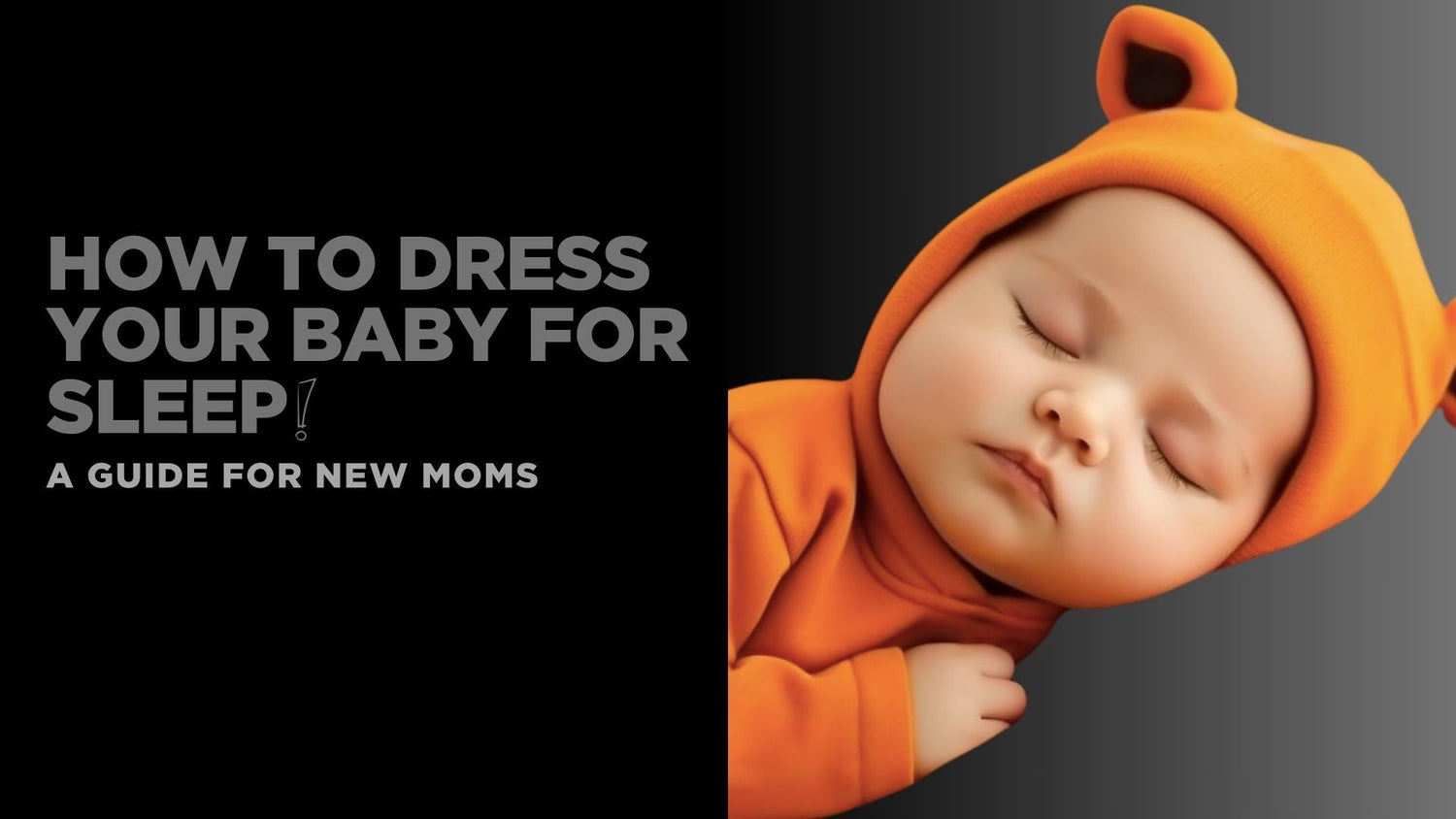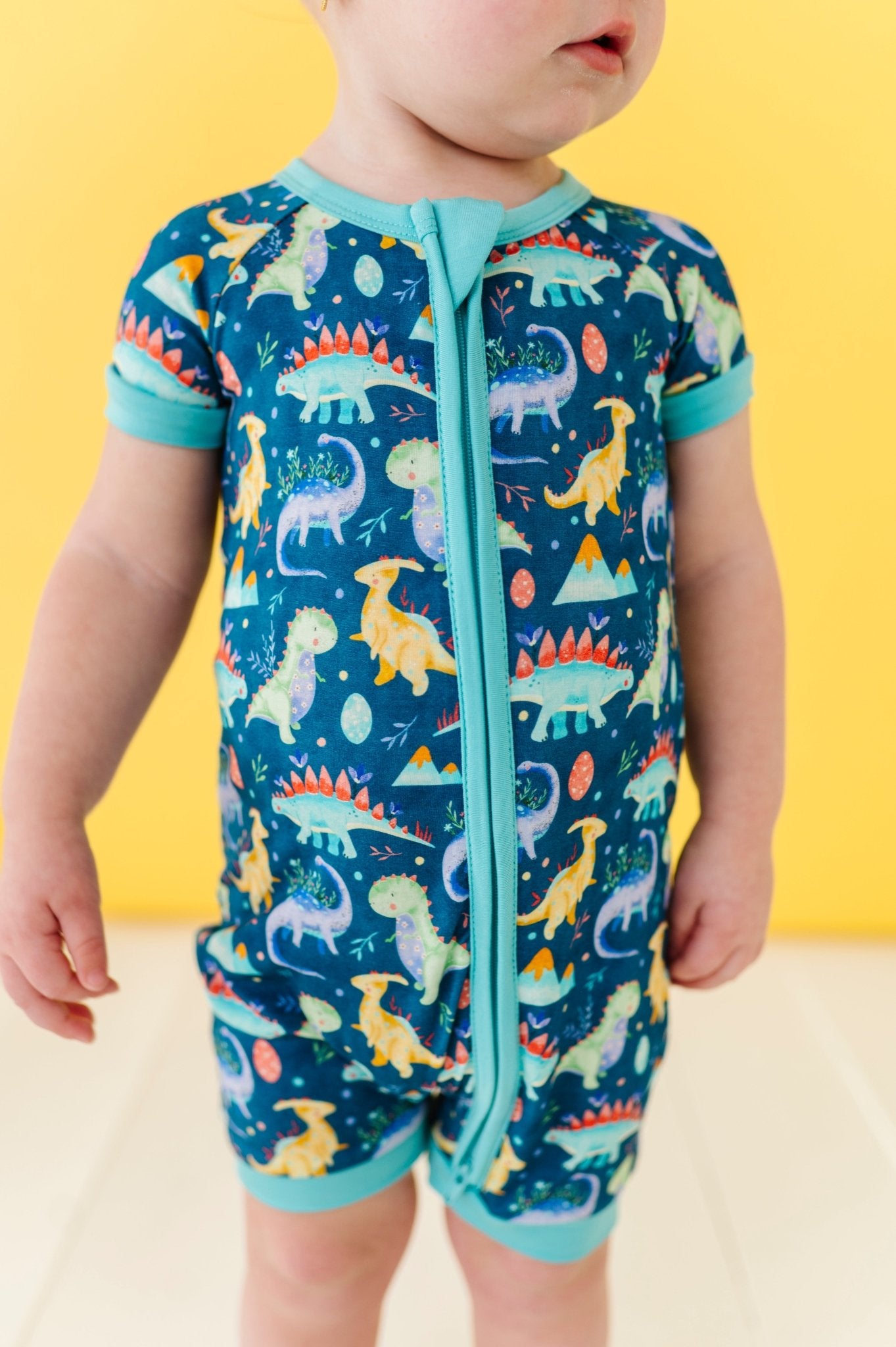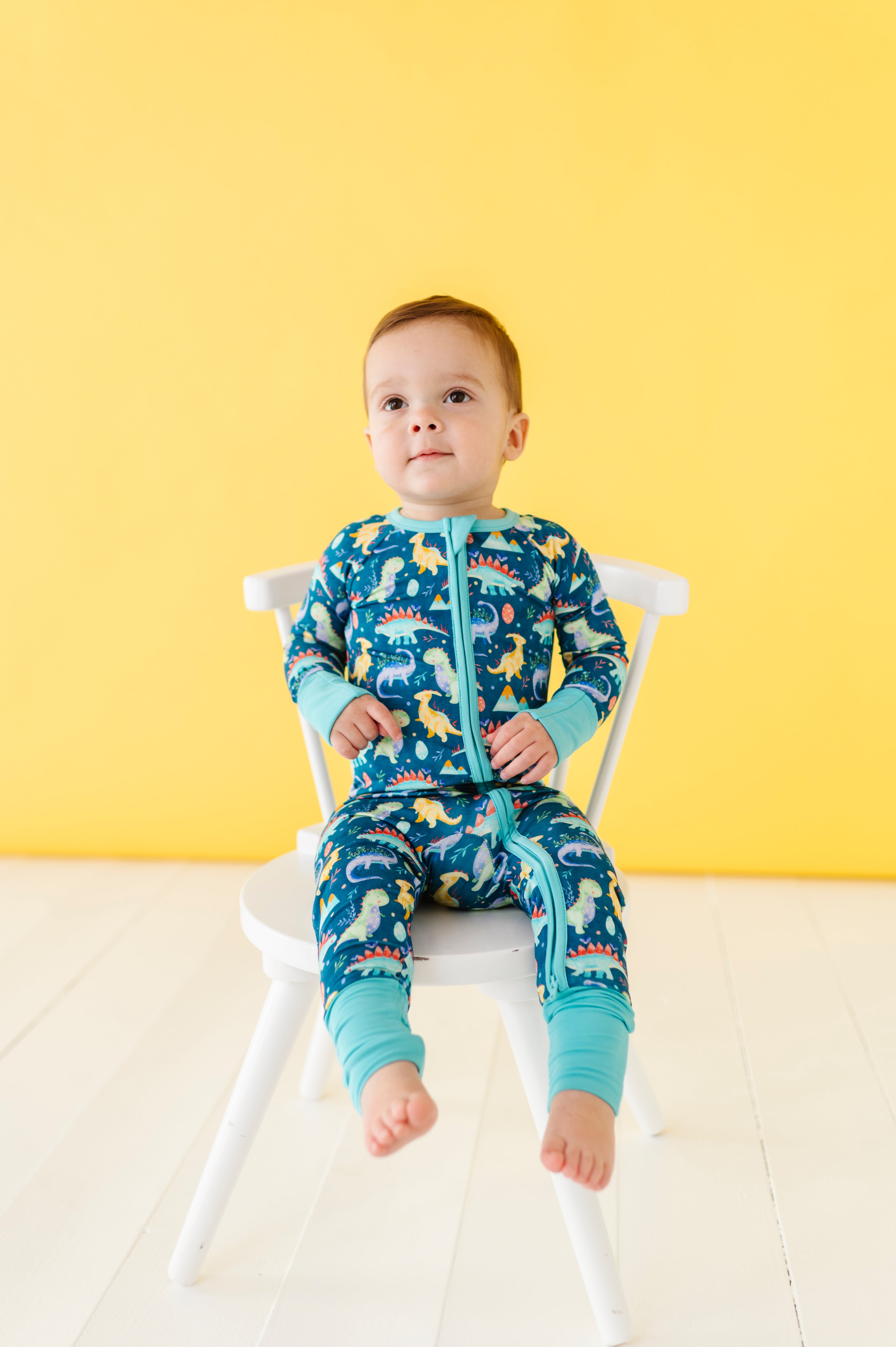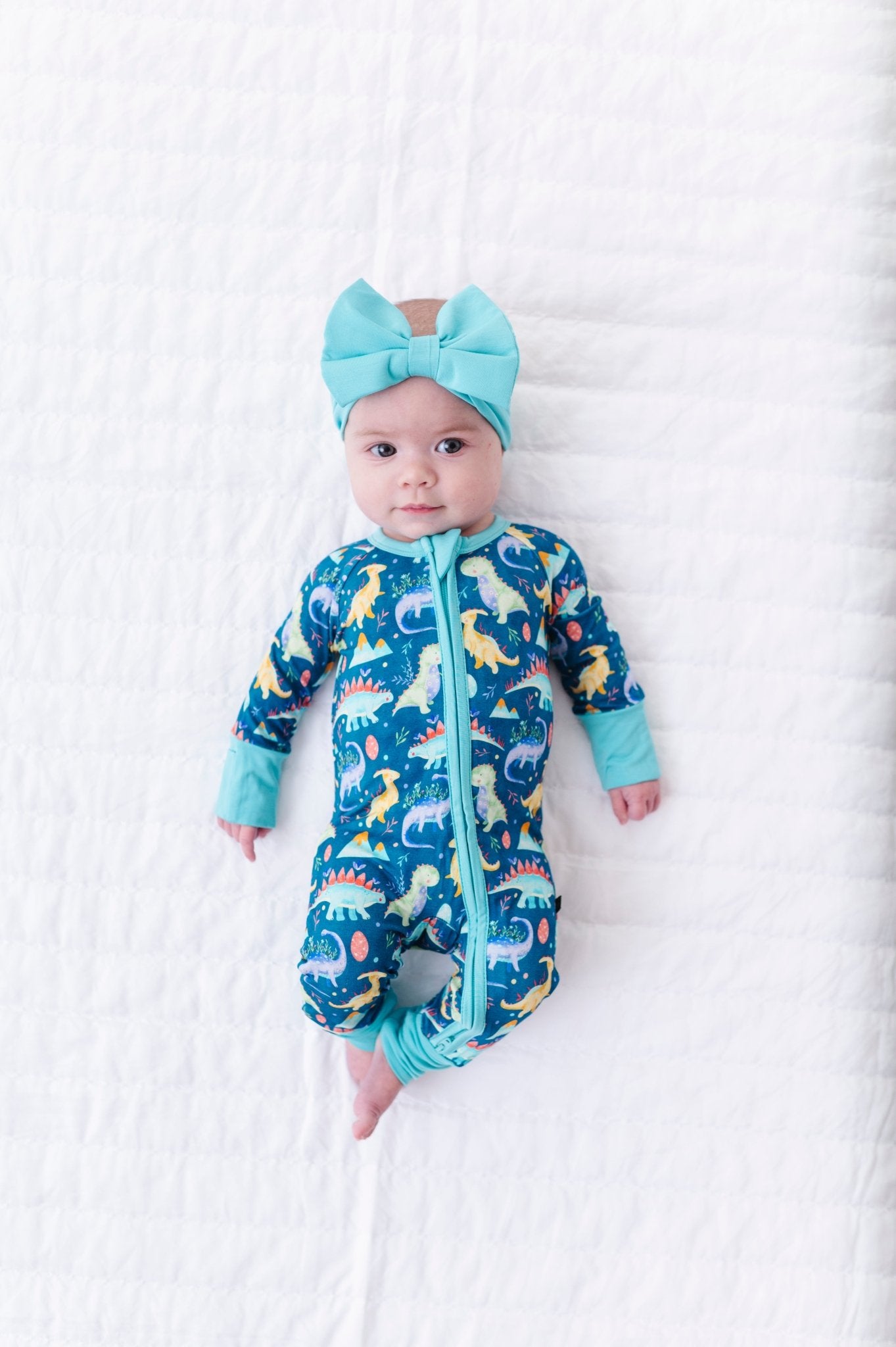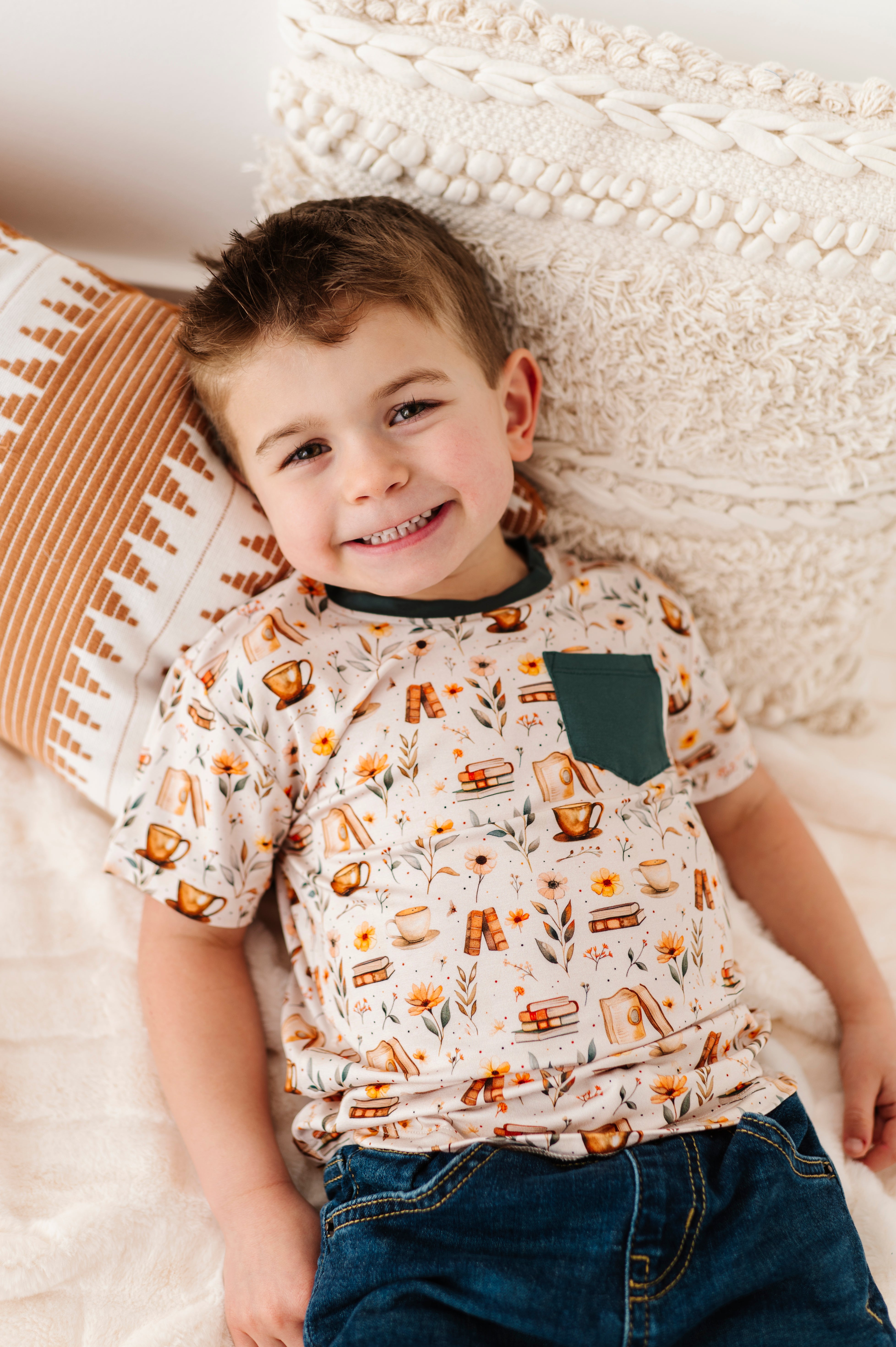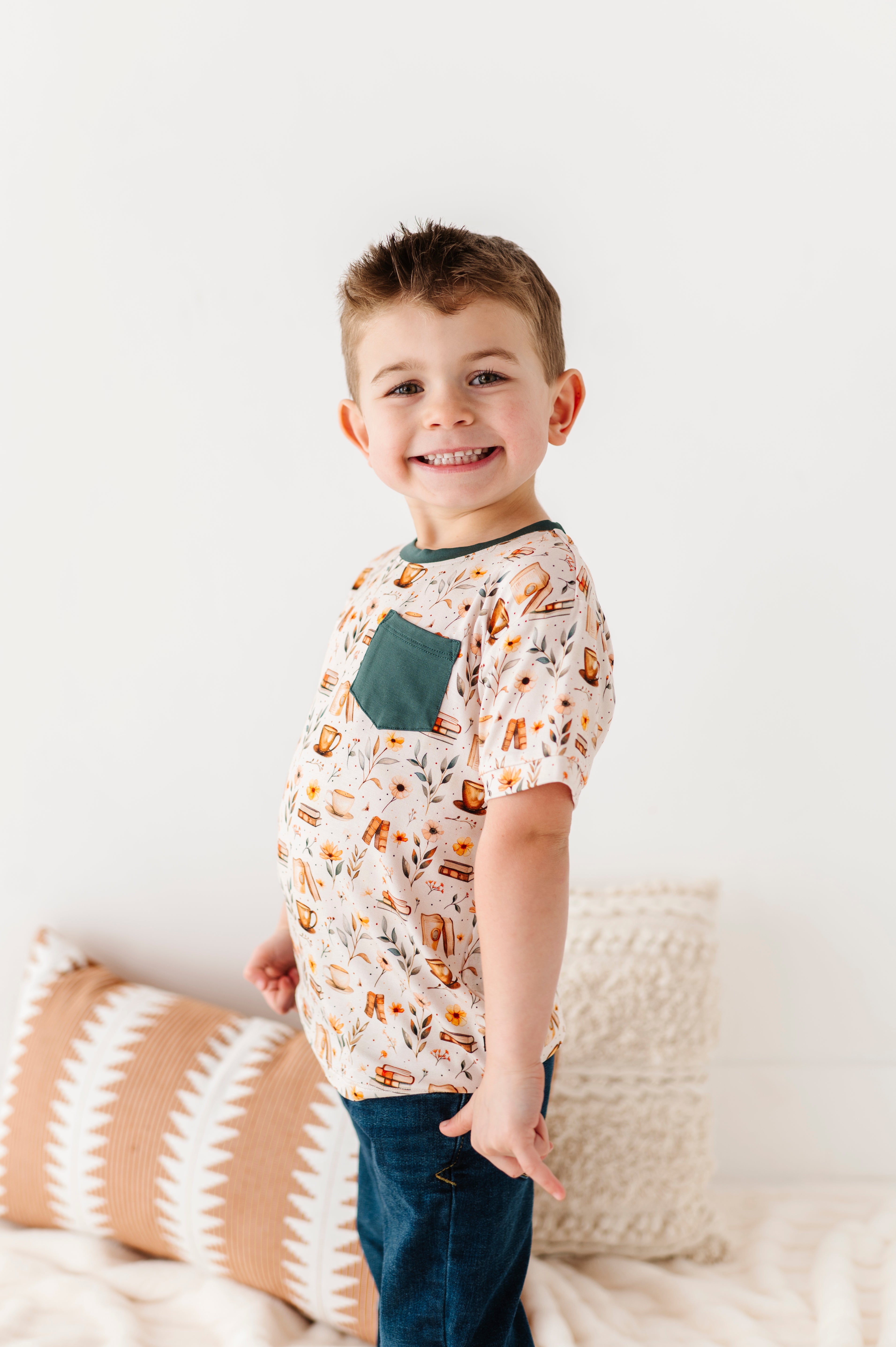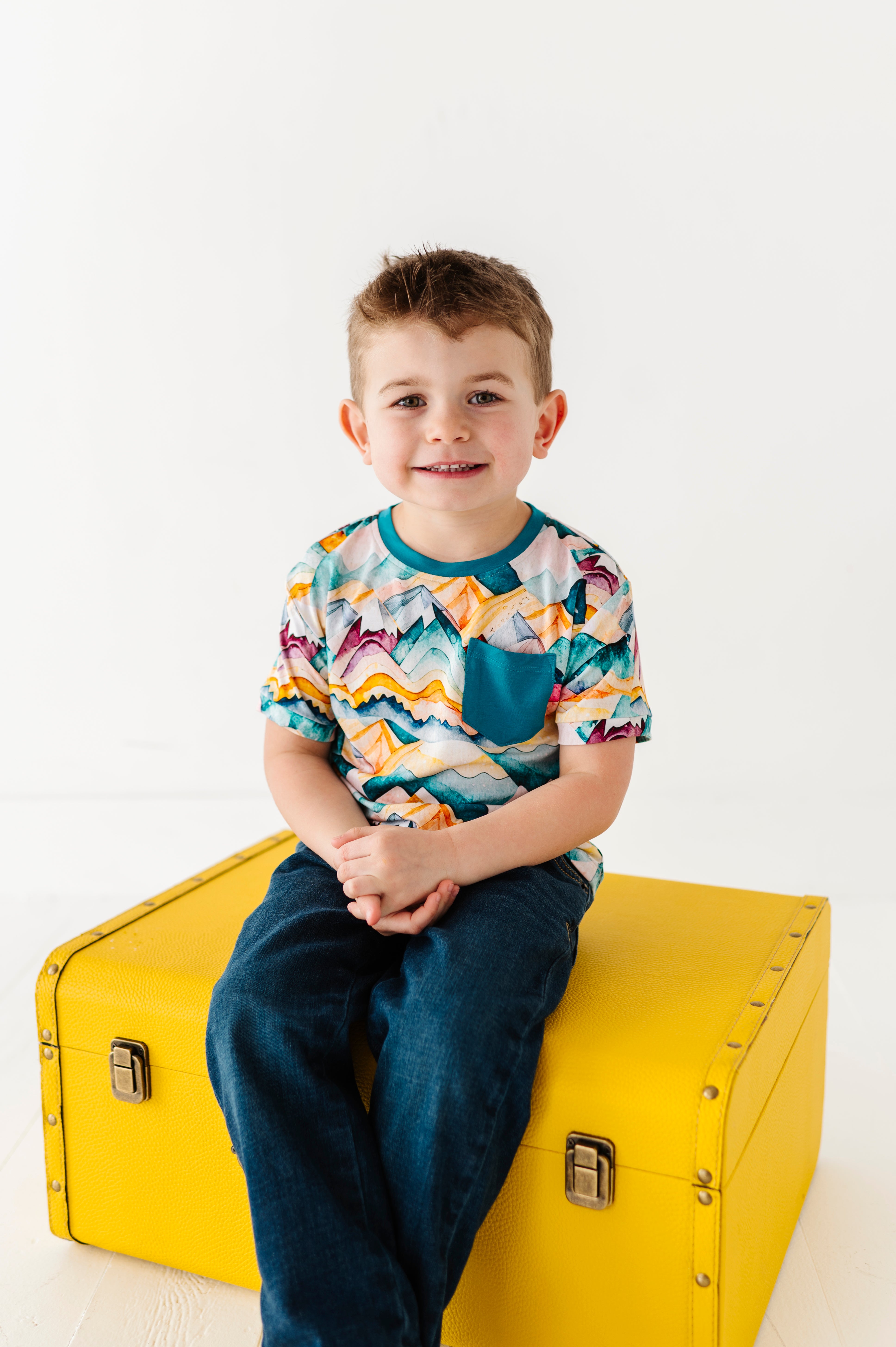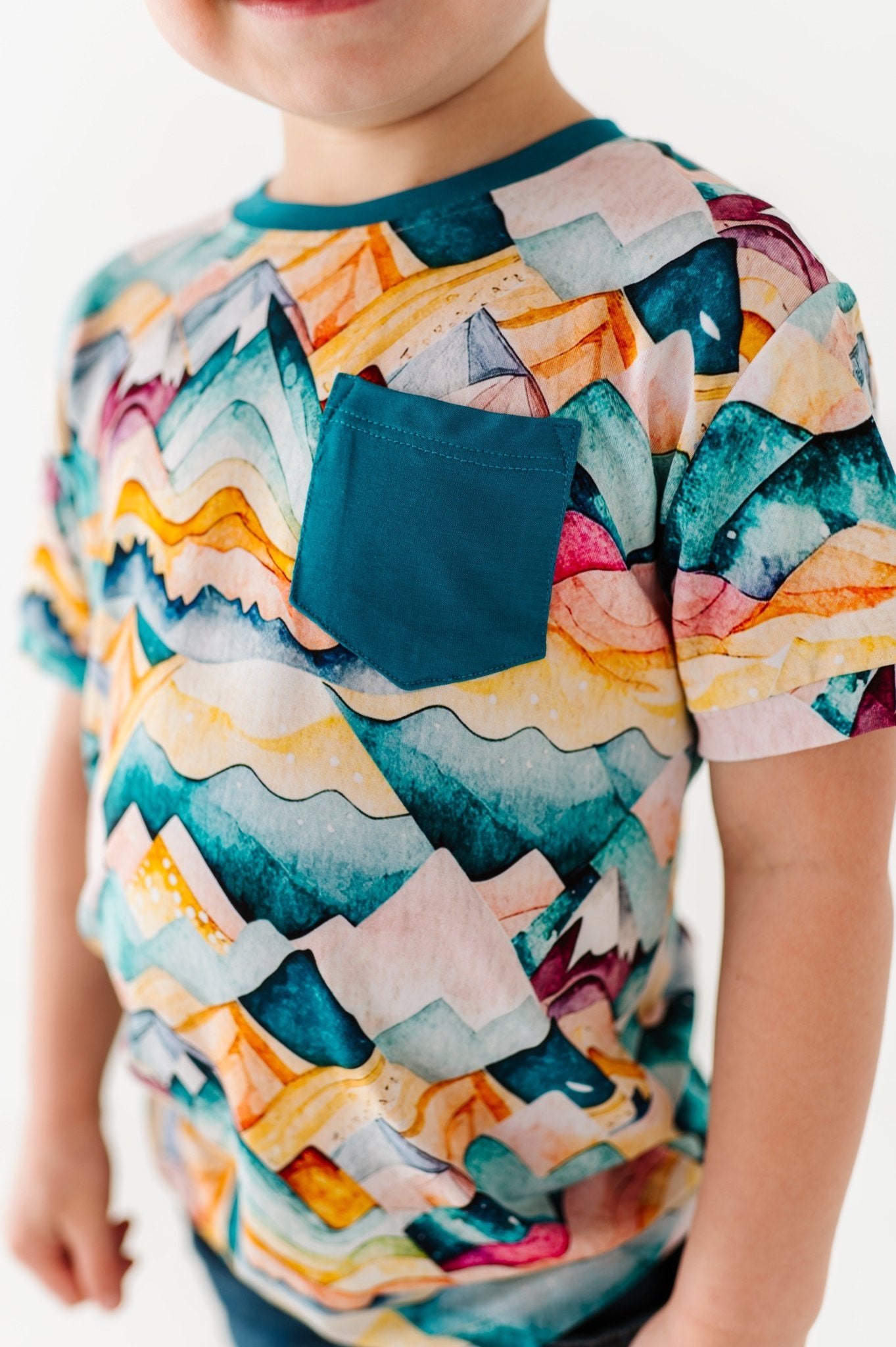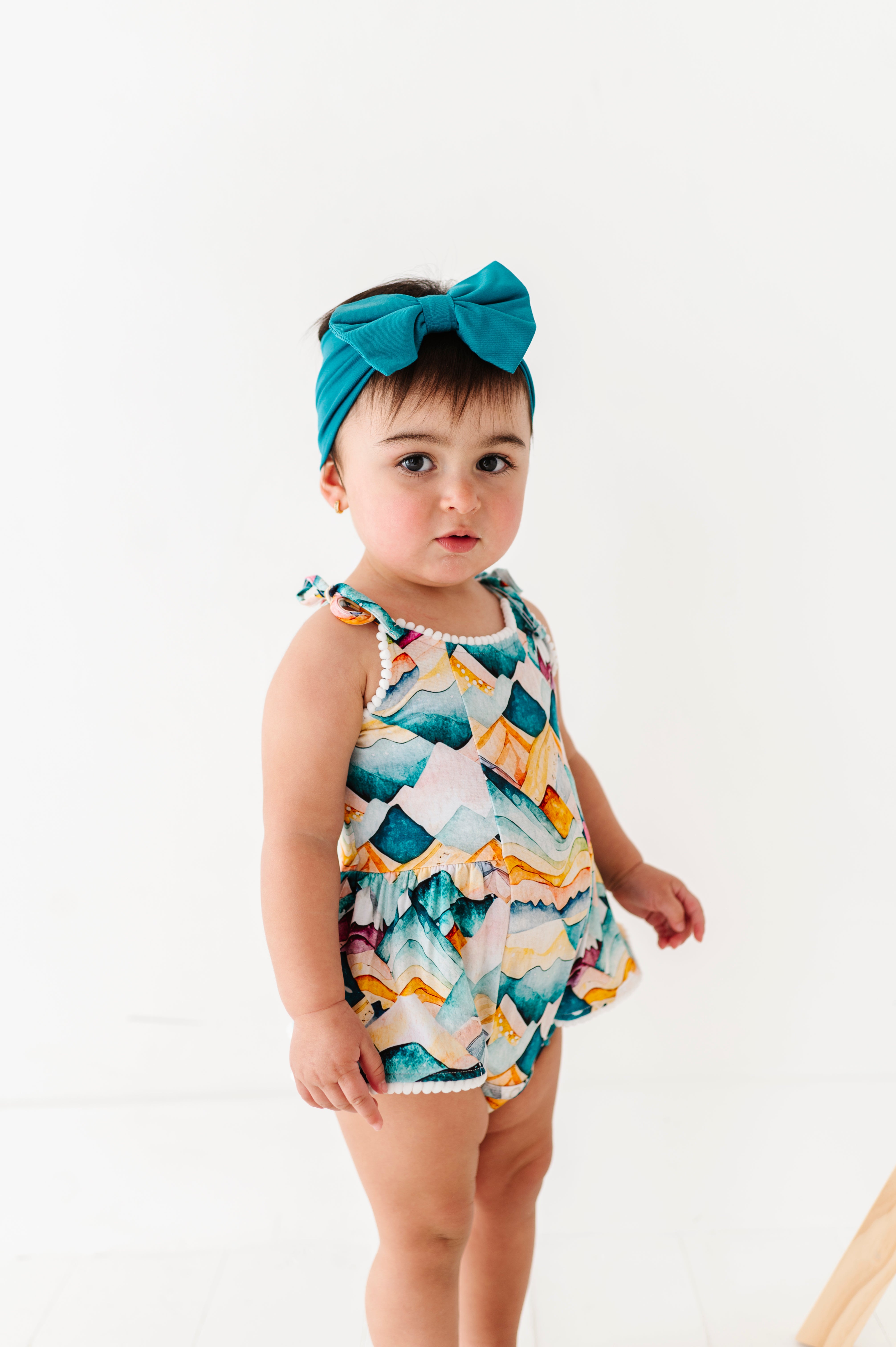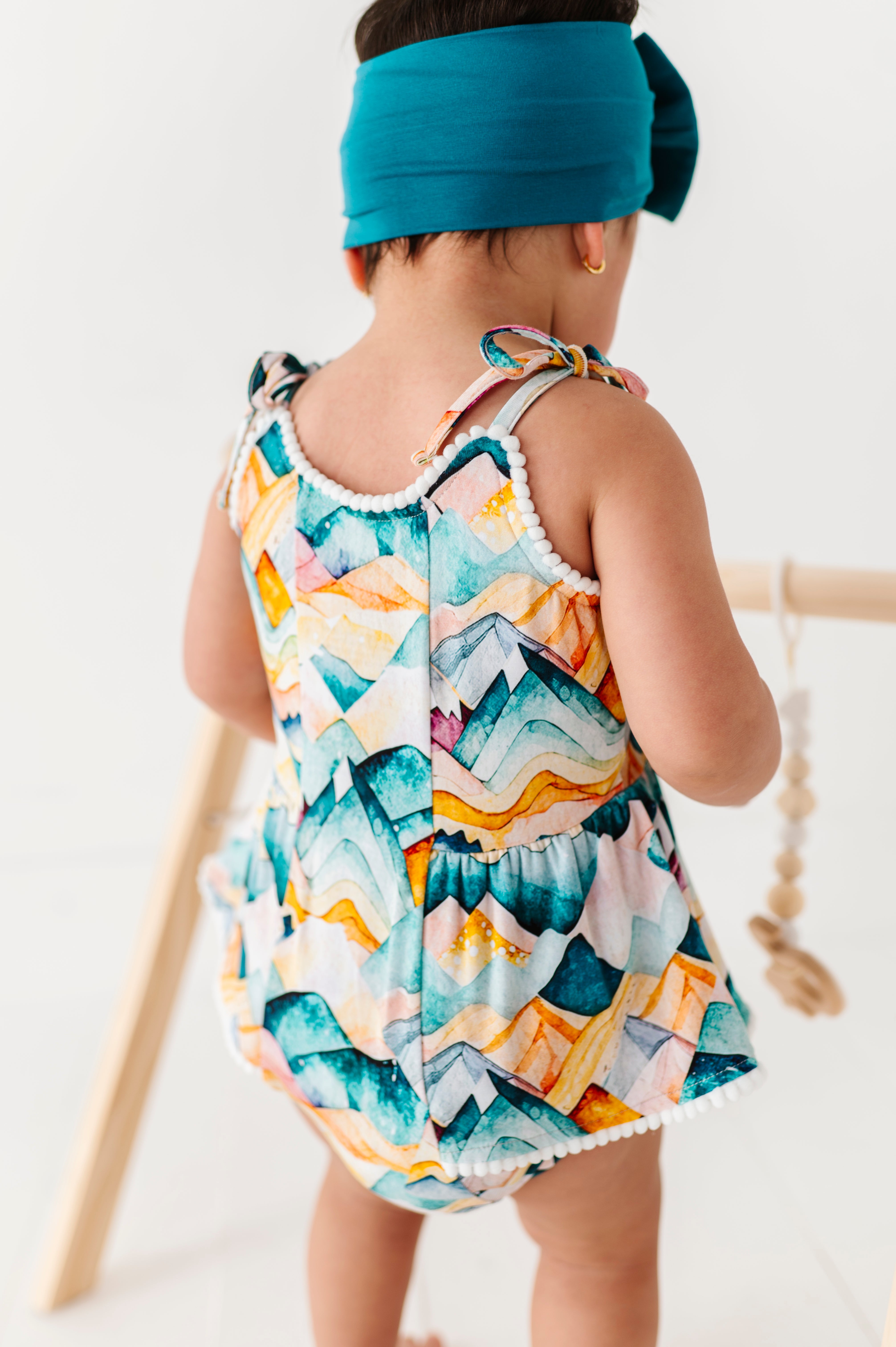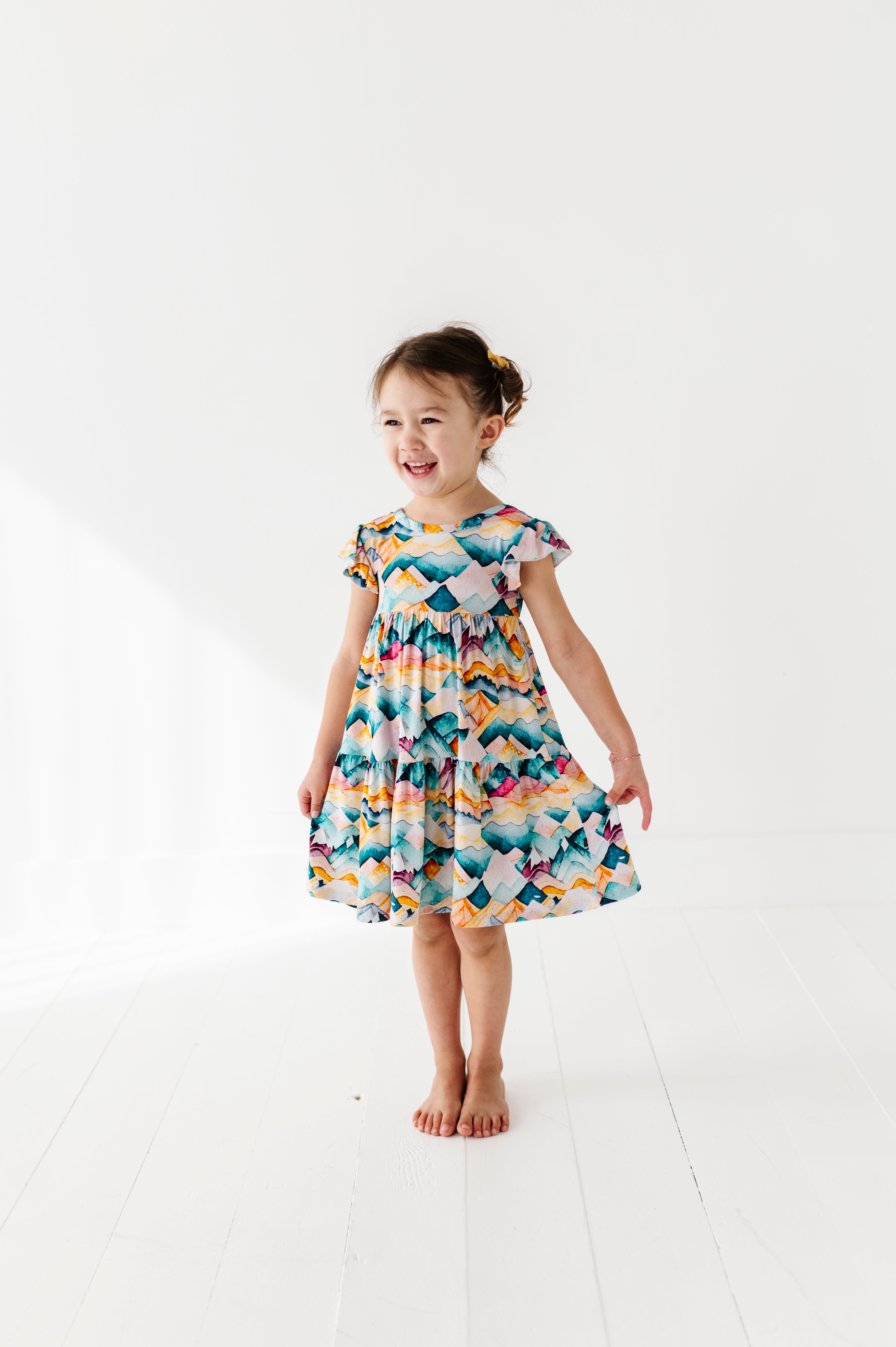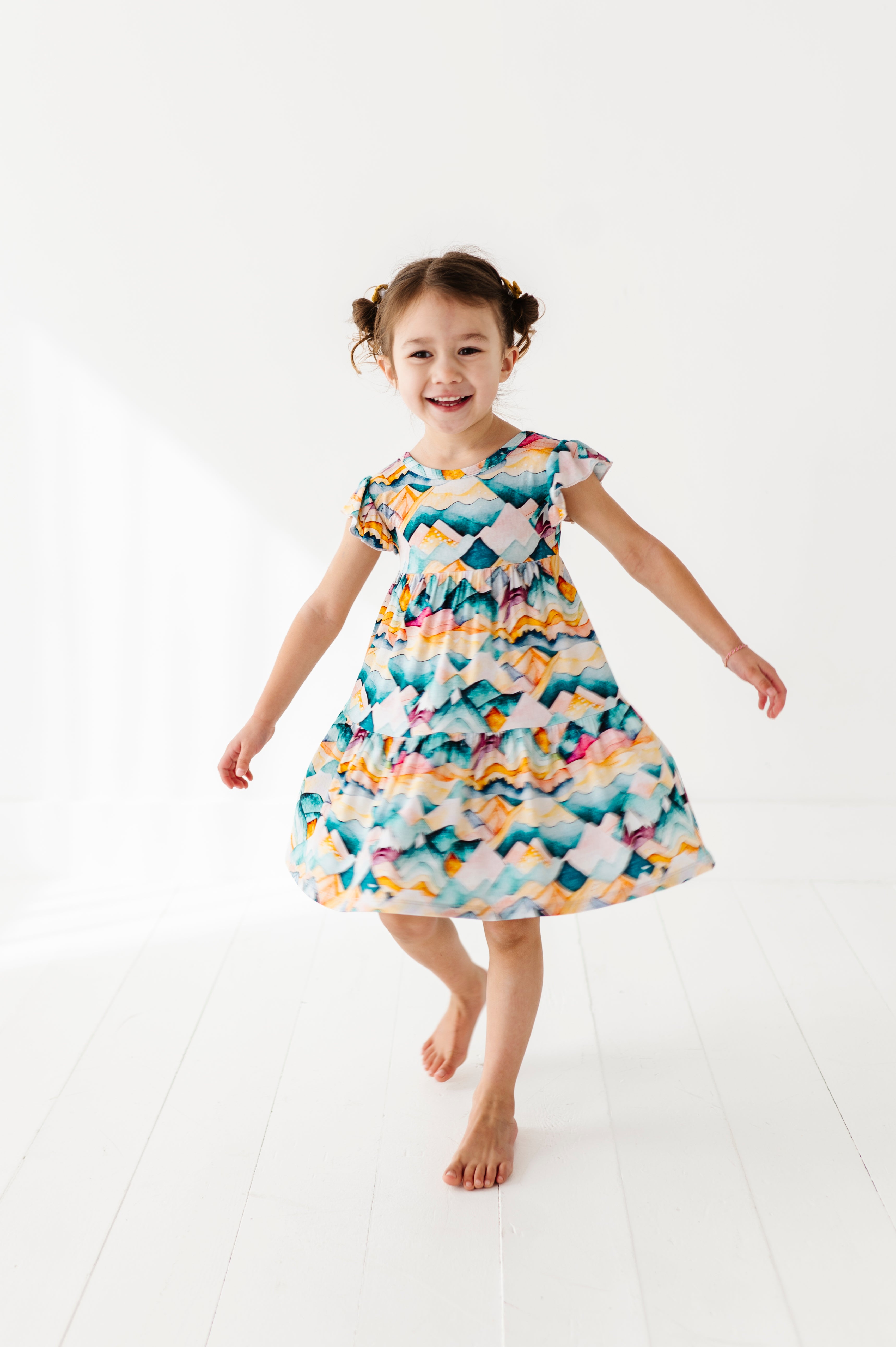If you're a new mom, you're probably wondering if your baby is dressed for bedtime the right way. But is there even a right way to dress your baby for sleep? Considering how the number of sleep-related infant deaths in the US is about 3500 each year, it's one of the biggest questions on a new mom's mind.
It's true that sleepwear plays a role in how comfortably your baby sleeps at night (or any other time). And with the number of options available on the market, it's easy to feel overwhelmed. But should it be this complicated to find the right onesie for your little one? Don't worry, as we'll walk you through the best tips and guidelines to help keep your baby comfortable and safe while sleeping.
Setting The Right Temperature To Ensure Your Baby Is Comfortable
Let's get one thing straight: you'll be dressing your baby based on room temperature. Keeping a consistent temperature ensures a better sleep environment. According to most sources, including the National Library of Medicine, a room temperature of 68℉ to 72℉ is ideal for babies. Of course, if your home is a little warmer or colder, then it wouldn't be unusual for your family, including your baby, to feel comfortable. So, as long as you dress them appropriately for that temperature, your baby will remain comfortable.
Should You Swaddle Your Baby?

A common question among many new mothers is whether or not to swaddle their baby. Swaddling is when you wrap your baby in a light, breathable blanket to calm them down and help them sleep. There are benefits of swaddling, as it's particularly effective for newborns, but there are certain risks, too. Though swaddling can help some babies sleep, there's little evidence that it's safer than dressing your baby in regular layers.
Sometimes, babies struggle to sleep on their backs, especially when they startle themselves awake. With swaddling, this is less likely to happen. Another benefit of swaddling is that it gets your baby to fall asleep (and stay asleep) on their back, which is recommended to help reduce the risk of SIDS or sudden infant death syndrome.
On the other hand, a study in the journal Pediatrics found that the risk of SIDS went up when swaddled babies were on their sides or tummies. The risk doubled when babies were put on their bellies, especially if they were over 6 months old.
While there's no specific explanation as to why the risk is higher, it's likely because a swaddled baby would struggle to get his or her head up if he or she had trouble breathing. Not to mention, if the blanket comes loose, it can increase the risk of suffocation or smothering.
HOW TO DRESS YOUR BABY FOR SLEEP: 7 Tips
The rule of thumb to ensure that your baby is dressed appropriately is to keep them warm enough to sleep without a blanket. Of course, you don't want them to be too warm and overheat, so your baby should only wear one more layer than you would. Here are a few other tips to consider when dressing a baby for bedtime:
Have Enough Clothes
The first piece of advice for new moms is to know how many clothes they should buy for when their baby is asleep. Remember that babies grow fairly quickly, so having enough doesn't mean buying too many. If you're doing laundry every day (which you probably will be), then four to six sleepwear items are enough to ensure that something's clean and dry for your baby to wear.
Choose Simpler Designs
When it's time to sleep, choose function over fashion! As a parent, you'll prefer clothes that are easy to open from the bottom, allowing convenient diaper changes. Trust me, the last thing you want is to deal with tricky straps and buttons at 3 a.m. Well-positioned zippers and magnetic snaps make it easier to change your baby's diaper when you're sleepy.
Get Light Layers
While children and adults prefer sleeping with blankets, babies aren't quite independent. So, you'll need to dress them in a way that they feel warm without a blanket. It's best to dress babies in multiple light layers instead of one thick outfit.
This makes it easier to adjust your baby's clothes according to the bedroom temperature. So, if the temperature of your bedroom goes up, you can remove one layer to reduce the risk of overheating. For more ideas on coordinating outfits, check out our Matching Family Christmas Outfit Ideas.
Choose The Right Fabric
It's important to choose the right type of fabric for your baby's bedtime ensemble. We're big fans of natural fibers, especially cotton, which usually has a 1.0 TOG. It's great for all seasons since it's light and breathable and can be layered when temperatures are lower. Plus, it's soft and gentle on your baby's delicate skin. If it's chilly, then you can consider something like micro-fleece.
Check The TOG
When choosing a sleep sack or wearable blanket for your baby, you've probably come across the TOG rating. It stands for Thermal Overall Grade and is a unit of measurement for warmth. Baby sleepwear products have different TOG ratings depending on the type of fabric used to make it. Sleepwear with a higher TOG rating are made from warmer materials, such as fleece, while lower ratings indicate that they're cooler, such as cotton. Understanding TOG ratings is essential for selecting the right sleepwear. Check out our TOG Temperature Chart article to learn more.
Watch For Strings and Ties
Every mom wants her baby to look cute, even when he or she's ready to sleep. However, things like ties or strings on an outfit can increase the risk of strangulation. Even if you'd like to give your baby a pacifier, don't tie it to their clothes.
While you're at it, you might as well check for loose buttons and other small items, like snaps or decorations. Make sure to remove them because they can fall off and pose a choking hazard.
Consider Their Age
Another important consideration is your baby's age. As he or she grows bigger, you'll need to re-assess their sleeping situation, which includes their clothes. Maybe a swaddle worked at 3 months but isn't the right choice at 6 months.
Because your baby is becoming more and more independent each month, you'll have to re-think certain choices. For instance, you may need to stop using a sleep sack once your baby starts standing. Or, add a light blanket once your baby turns one. For more ideas on keeping your little one engaged indoors, check out our What to Do with a Toddler on a Rainy Day
How To See If Your Baby Is Too Hot
The whole point of being careful when dressing your baby for sleep is to help their body maintain a steady body temperature. You don't want them feeling too hot or too cold.

Experts advise against keeping your baby too warm while sleeping because it can lead to overheating.
Common signs that a baby is too hot include:
- The hair and/or neck are sweaty
- Flushed cheeks that look like a rash
- Your baby's core, such as their chest, back, or tummy, feels noticeably hot
- Faster breathing
Because overheating has been linked to SIDS, make it a habit to check on your baby throughout the night.
How To See If Your Baby Is Too Cold
Depending on where you live, there may be a risk of your baby getting too cold at night. To see if your baby is too cold, feel their core (their chest, back, tummy, and neck). If they're cold, their core will feel noticeably cool. Make sure you're not touching your baby's hands or feet as an indicator of warmth. It's possible that your baby is dressed warm enough for the weather, but still has cold hands and feet.
Let's suppose your baby's core feels cool. You still shouldn't add a blanket or hat. Instead, add a onesie under their pajamas or switch to jammies made from thicker material.
What To Do If Your Baby Is Hot While Sleeping
Suppose you take a look and find that your baby is sweating and that their cheeks appear red. It's possible that he or she is too warm. If that's the case, you can take off one or two layers under their swaddle or sleep sack.
If your baby still feels warm but is used to swaddling, you can skip on the layers and have them wear only a diaper under the swaddle. Another option is to get a swaddle that's made from a lighter fabric i.e. has a lower TOG rating.
Sleep Needs By Age

An important part of preparing the right sleepwear is to understand your baby's sleep needs. These can change as he or she grows, so you'll have to, for example, stop swaddling and switch to loose blankets accordingly. For more options and detailed insights on choosing the best sleepwear for both baby and mom, check out our guide on Best Sleepwear for Baby and Mom.
0-3 Months: Newborns
Although they spend a big chunk of their time sleeping, newborns have irregular sleeping patterns. They sleep in short intervals of 2 to 4 hours, getting a total of 14 to 17 hours of sleep each day. Newborns tend to wake up frequently for diaper changes and feeding.
3-6 Months: Infants
Infants need an average of 12 to 15 hours of sleep per day, so they sleep quite a lot, too. The difference is that they start sleeping for longer periods at night, though daytime naps are still important. This is the best time to help your baby establish a steady sleeping routine, so he or she can develop healthy sleeping habits.
6-12 Months: Older Infants
From 6 to 12 months, your baby will need about 11 to 15 hours of sleep each day. At this age, he or she will get most of their sleep at night, with a few naps here and there. This is when they start to become familiar with a bedtime routine, which allows for better sleep quality.
1-3 Years: Toddlers
Your toddler will sleep for 11 to 14 hours each day. This includes one or two naps so he or she doesn't feel cranky. As they cross the one year milestone and grow older, toddlers transition from two short naps to one longer nap. This is likely because of how tired they'll be from interacting with their surroundings.
Safe Sleep Tips For Your Baby
If you want to make sure that your baby is safe while sleeping, you can follow recommendations by the American Academy of Pediatrics or other similar organizations. Keeping these tips in mind when getting your baby ready for sleep can help reduce the risk of SIDS. Sudden infant death syndrome is common and occurs in babies aged 0 to 6 months, but it can also occur up until the 12-month mark. Establishing a healthy bedtime routine is crucial. Learn more about creating a consistent routine in our article on Healthy Bedtime Routine.
Don't Use Weighted Blankets
If you're going to swaddle your baby, don't use a weighted blanket. Experts advise against using heavier blankets due to safety reasons. As of now, there's little information on the safety of using them for babies. However, the extra weight could cause overheating or make it harder for your baby to breathe, causing suffocation.
Make Them Sleep On Their Back
When putting your baby to sleep, it's crucial that he lies on his back. Back sleeping can significantly reduce an infant's risk of SIDS. Start training your baby to sleep on his back early on. You can also consider swaddling your baby to make sure he stays on his back.
Sleep In The Same Room
Has your paediatrician advised that your baby sleeps in the same room as you? According to the American Academy of Pediatrics, sharing a room with your baby for the first six months can significantly reduce the risk of SIDS. To help your baby sleep safely but independently, it's best to keep a separate crib for him or her to sleep in.
Remove Stuffed Animals or Soft Objects
If there are any soft items in your baby's crib, such as stuffed animals, blankets, or pillows, remove them before putting him or her to sleep. Leaving them in the crib with your baby can increase the risk of strangulation, suffocation, or SIDS.
Assess The Crib's Construction
Cribs and mattresses should comply with safety guidelines set by the US Consumer Product Safety Commission. Whether you're purchasing a crib or receiving one from a friend or relative, make sure that it's compliant with current standards, hasn't been recalled, and doesn't have missing parts.
Give A Pacifier Before They Sleep
Studies indicate that giving your baby a pacifier before they sleep can lower the risk of SIDS. However, make sure that the pacifier isn't tied to your baby's clothes with a string, as it poses a strangling risk. If your baby is still learning how to breastfeed, don't give him or her a pacifier at night.
Tummy Time When They're Awake
During the day (or whenever your baby is awake), make sure he or she gets enough tummy time. The time they spend on their stomach maintains the shape of your baby's head while developing their motor skills, core strength, coordination, and balance. Just make sure that you or someone else is supervising your baby.
How Many Layers of Sleepwear Your Newborn Should Wear
On the day of your delivery, you may have noticed the nurse add a layer so that your baby stays warm. In the first couple of days, your baby is still figuring out how to regulate her body's temperature. Rest assured that they learn this skill pretty quickly. So, by the time they come home (or in their first week), they'll get better at maintaining it at different temperatures. That means they only need one layer more than you do. For more guidance on dressing your newborn at the hospital, this helpful resource provides additional insights on keeping your baby safe and comfortable.
What About Hats?
No, your newborn doesn't need to wear a hat while sleeping. Aside from the first few hours they spend in the NICU, your newborn shouldn't wear a hat while they're indoors. Hats are loose items, just like mittens, bows, and pacifier clips, so they're not considered safe for sleep.
What Your Baby Should Wear To Sleep: A Summary
Let's summarize the different things we've discussed so far. As a general rule, it's recommended to dress your baby in one or more layers so that it's warm enough for them to sleep without a blanket. You also want to prevent overheating, which means avoid using too many layers or a hat, as it can raise your baby's temperature and cause overheating.
For safe sleeping, keep soft items, especially blankets, out of your baby's crib, as they increase the risk of strangulation or suffocation. Plus, blankets or loose sheets may also cause your baby to get stuck in dangerous sleeping positions.
That's why it's recommended to dress your baby in one additional layer than what you're wearing. For instance, layering a onesie with additional sleeves or footies.
